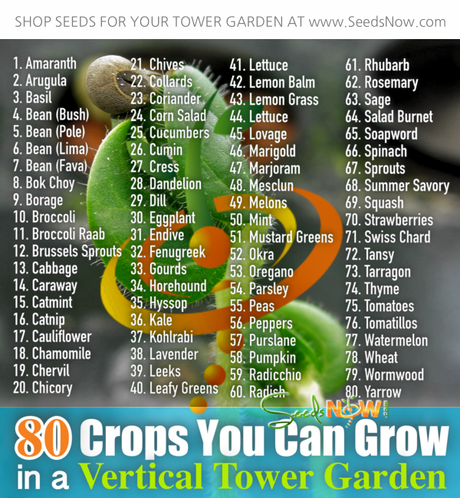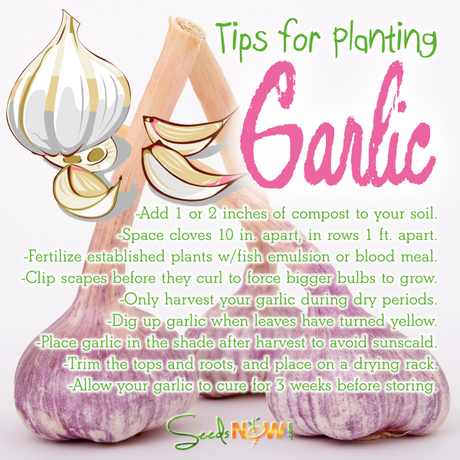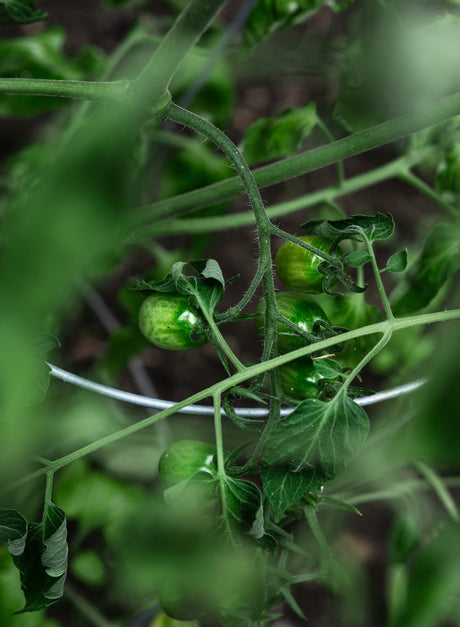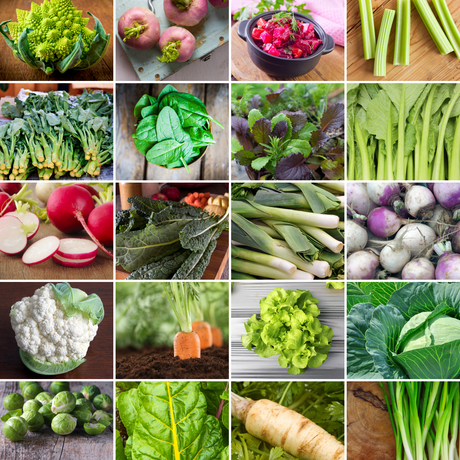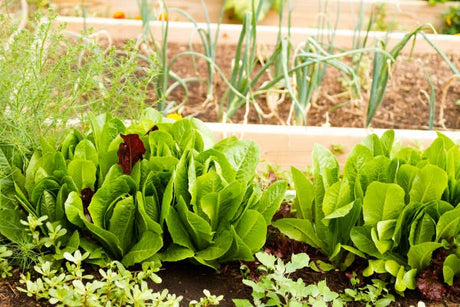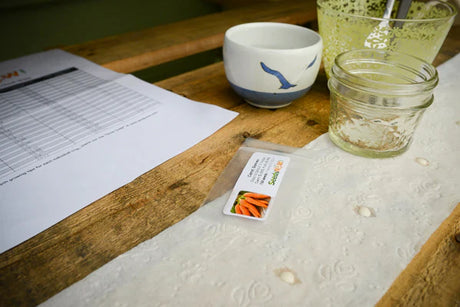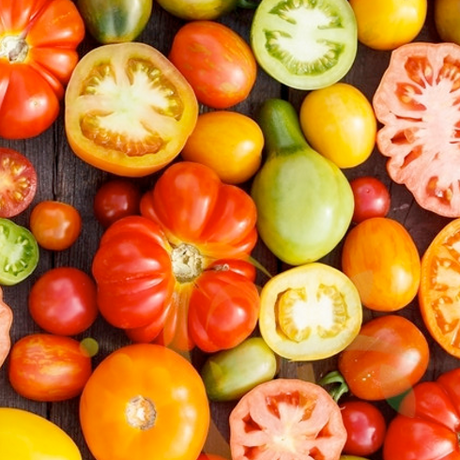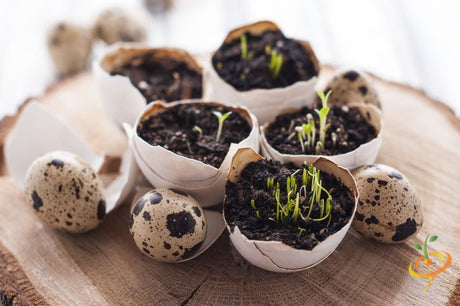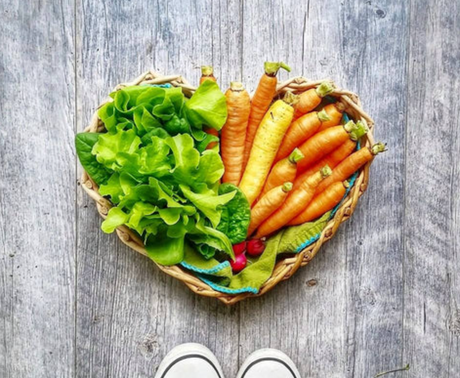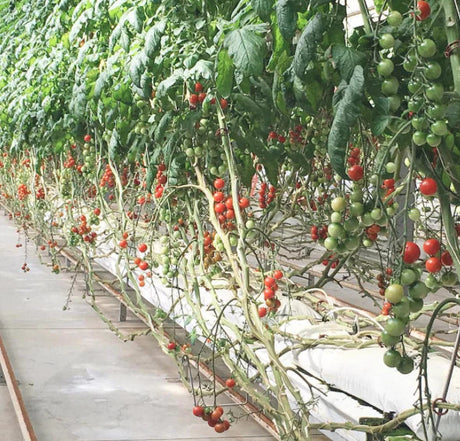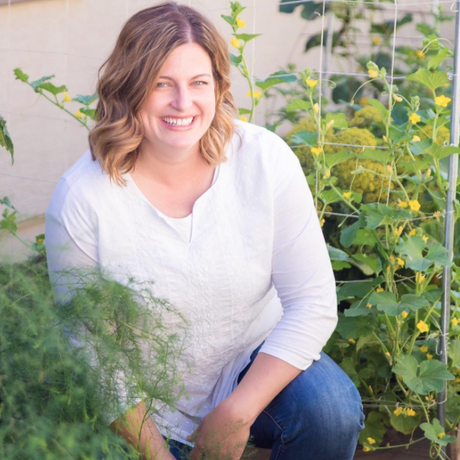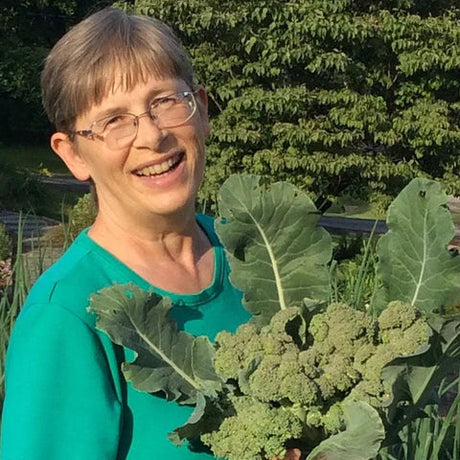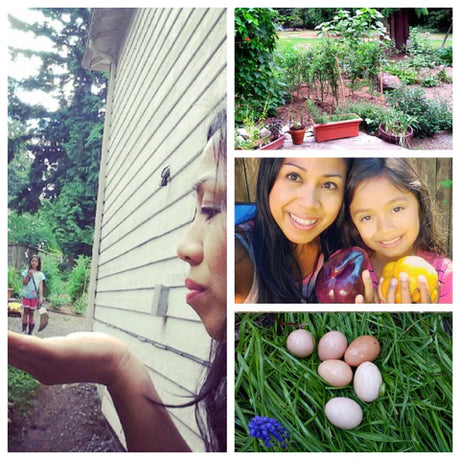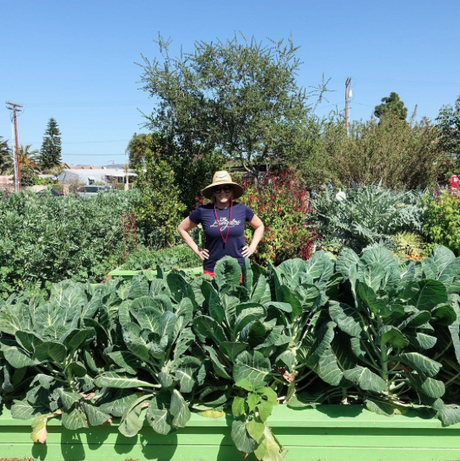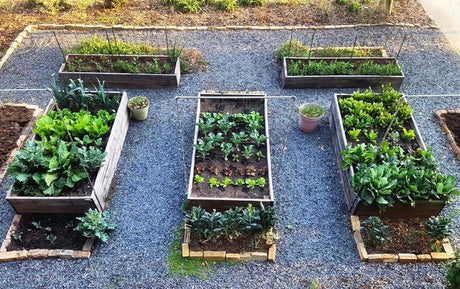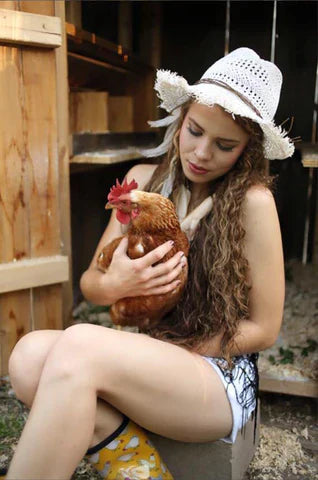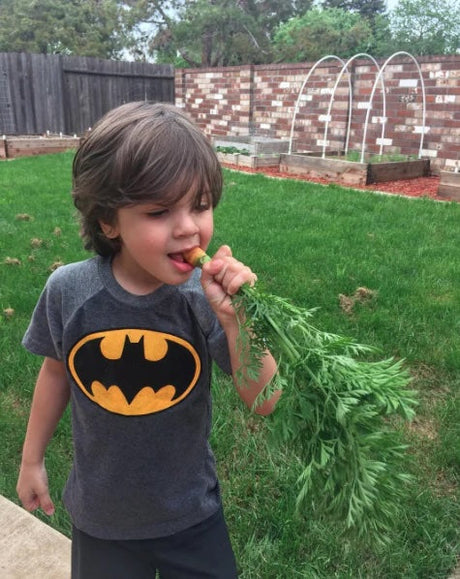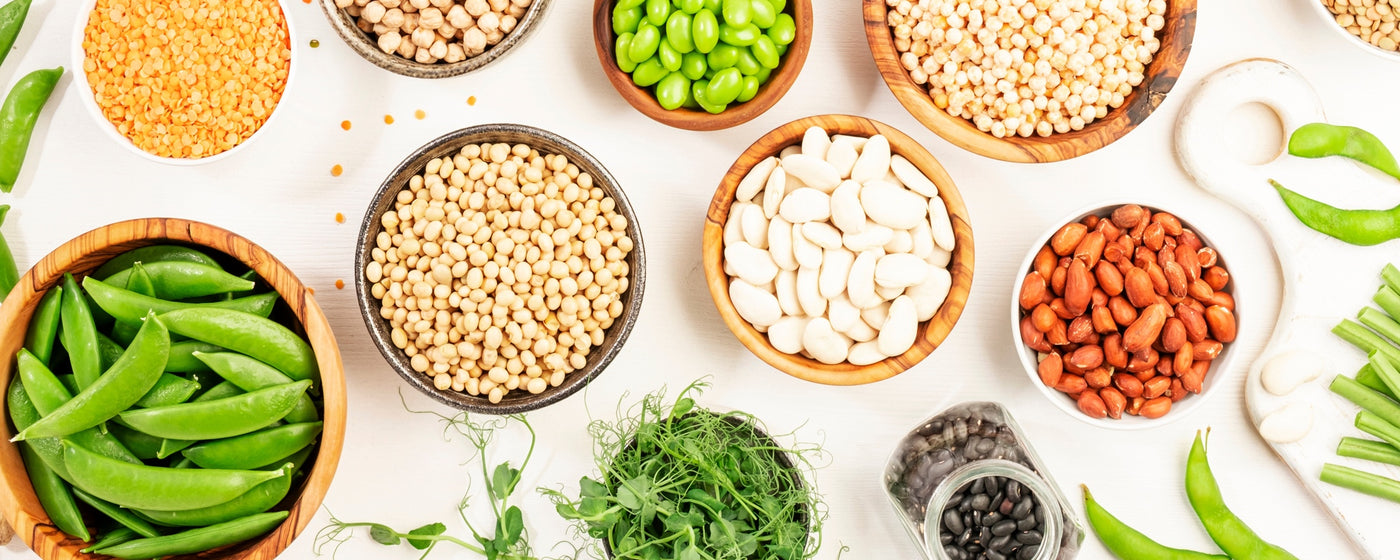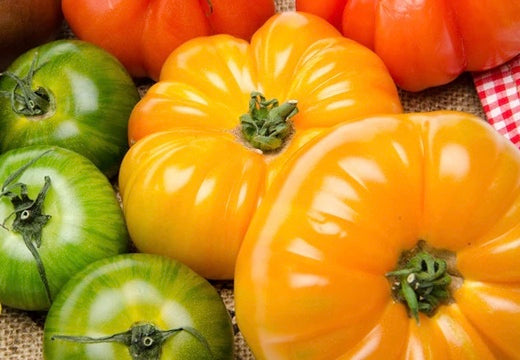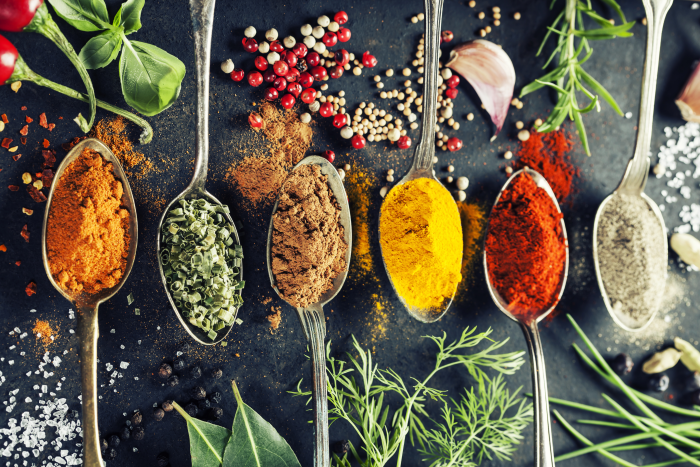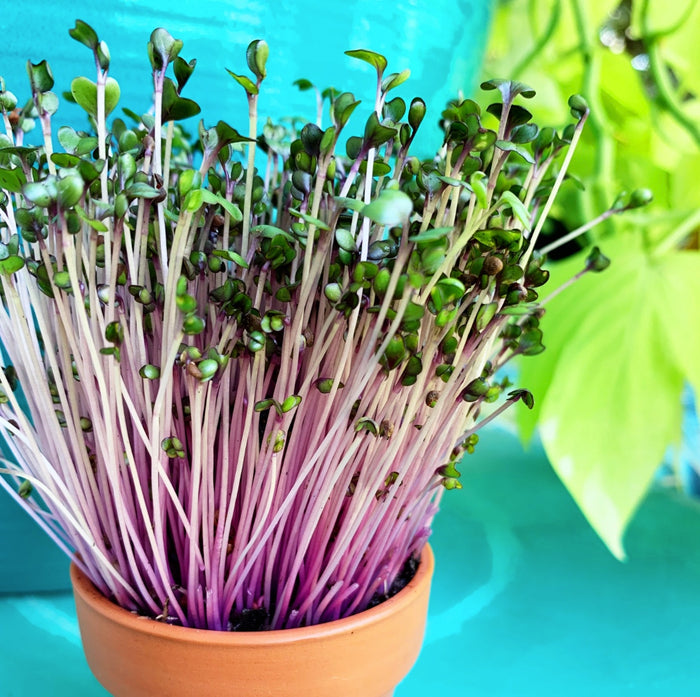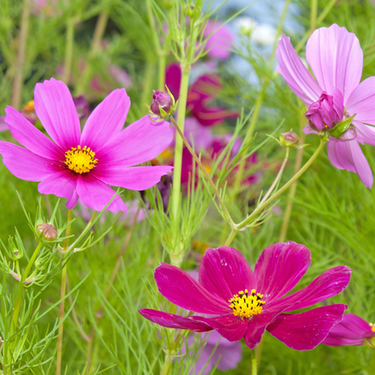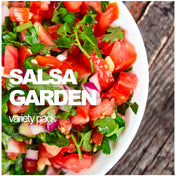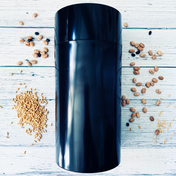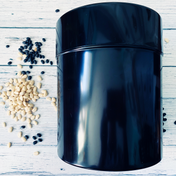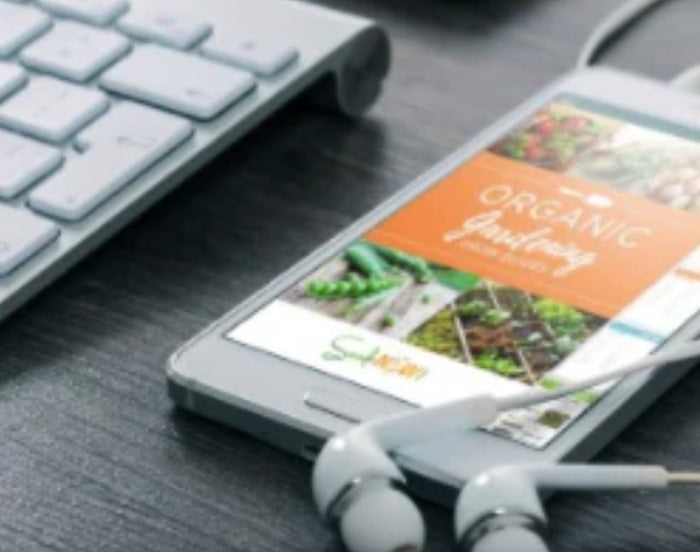
Depth to Plant
|
Spacing Between Plants |
Days to Germinate (Sprout)
|
Germination
|
Best Season to Plant_________ |
Sun
|
Soil
|
Good Plant Companions |
Harvest Instructions |
|
| 1/8" Deep | 10" Apart | 7-14 Days | Between 50° F and 70° F | Spring | Full Sun | pH Between 6.5 and 8. | Dill | Harvest Bulb Before It Goes to Seed |

| How to Grow & Harvest Fennel (source) |
|
How to Plant Try sowing seeds directly into your gardens, because transplanting fennel usually doesn't work very well. Make sure you've had the last frost of the season and plant them about one inch deep, and about ten or twelve inches apart. Space fennel seeds in rows 13" apart. Keep watered well until seeds germinate, sometime between 7 – 14 days. If you're growing fennel in containers, make sure one plant has at least 5 gallons of soil. Fennel can develop and intense root system.
Harvest after about 80-100 days. Try growing multiple plants if you're interested in harvesting the bulb and seeds. Let a few plants go to seed and harvest a few bulbs before the plant bolts. Harvest the bulbs when they are approximately the same size as a tennis ball. Once the plant bolts, the flavor will be ruined so try to harvest it before them. Cut the bulb and stalks off right at the soil line. Try harvesting a little of the fennel leaves at a time, as needed but don't cut to much at one time. If you're looking to harvest the seeds, harvest those in the fall when the plants have turned brown. You can do so by easily shaking the plant into a bag or container. Save a few seeds for using as herbs in your kitchen, and put a few away to start your crop next year. |



